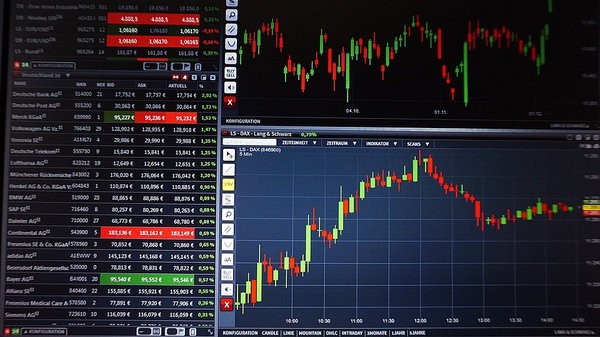The world of trading is packed with all kinds of terminology that is often confusing to those who are just starting out. Things like shorts, call, puts, are just some of the jargon that gets thrown around within trading circles.

However, we can go one step further and dig into the world of niche terminology and borderline esoteric trading techniques. Retracement is one such technique, and today we’ll tell you all about it.
What is Retracement?
Trading is all about reading the graph and trying to predict what the market will do next based on the current market trends. Reading the graph means being versed in technical analysis, knowing how to use a range of indicators to predict the market’s next move.
Speaking of technical analysis, expert traders have noticed a variety of interesting phenomena. Graphs tend to express predictable behavior in specific cases. Retracement is essentially the name for one such phenomenon. The term retracement represents a temporary change in a stock’s price trend. For example, if the stock shows a strong downward trend over a span of a month, but you see a few moments where this trend was temporarily reversed and the stock went up before continuing to drop again, that’s a retracement.
How Can you Use Retracement in Trading?
Retracement can be useful as a technical analysis tool. Most pros will tell you that retracement alone isn’t going to give you much in the way of long term trends. However, when used with a set of indicators, these temporary trend reversals can solidify your decisions to open or close a position.
That being said, there are those who use retracements to scalp the market. The idea is to follow a fairly simple flowchart. We’ll use an upward trending graph as an example:
- Recognize a trend – first thing first, you need to recognize which way the market is going. Is it in an upward or downward trend? Look for previous retracement indicators and watch to see if they’ve breached the established resistance/support lines
- Identify the halfway point – Once you’ve identified the trend of a market and isolated a retracement, find the halfway mark of the previous retracement and use that as your entry point.
- Place your order just before the entry point and ride the retracement out.
Alternatively, there are a few other options. You can try this strategy where you use the 30% retracement technique in order to avoid a potential end of a current trend. Naturally, this type of quick trading is highly volatile and often requires more than just the knowledge of this technique to pull off.
Incorporating the Fibonacci Sequence
If you thought things were complicated now, wait until we tie in the Fibonacci sequence into this whole subject. The Fibonacci series represents a sequence of numbers (or ratio) that is randomly found in nature. In fact, it is so widespread that many believe it’s one of the ‘keys’ to understanding the world around us. The sequence itself is quite simple — all you need to do is add two previous numbers to get the next one.
This is what a simple Fibonacci sequence looks like:
- 1, 1, 2, 3, 5, 8, 13……144, 233, 377, 610, etc.
Trading experts and technical analysts have recognized that retracement points often align with the Fibonacci sequence. However, it’s not about the numbers in the sequence, but rather the ratio between the numbers.
Fortunately for everyone, there are built-in indicators that will calculate these ratios and give you a decent representation of what’s happening with your retracements.
The general rule of thumb is that 50% or lower retracement rates in a series of new highs represent a strong upward trend. Similarly, a series of retracements that measure 50% or more, represents a so-called basing phase.
How Reliable Is This Technique
Everything we’ve talked about up to this point represents strong indicators that a certain market will behave in a certain way. However, indicators shouldn’t be conflated with guarantees. Using this method allows you to plot points where you might see a certain type of reaction, but a single indicator is rarely ever enough to establish any real level of certainty.
You should be using retracement as one of the tools within your technical analysis toolset. When combined with other indicators, this tool can be quite effective.
Reversals
Last but not least, we need to mention reversals. Reversals are what happens when you see the chart push through established support or resistance level. Once that happens, any potential retracement could actually be a trend reversal.
Naturally, these are a whole different beast and should be treated in a completely different way. Once you master all of these techniques, you’ll be well on your way to becoming a proper trader.




Recent Comments